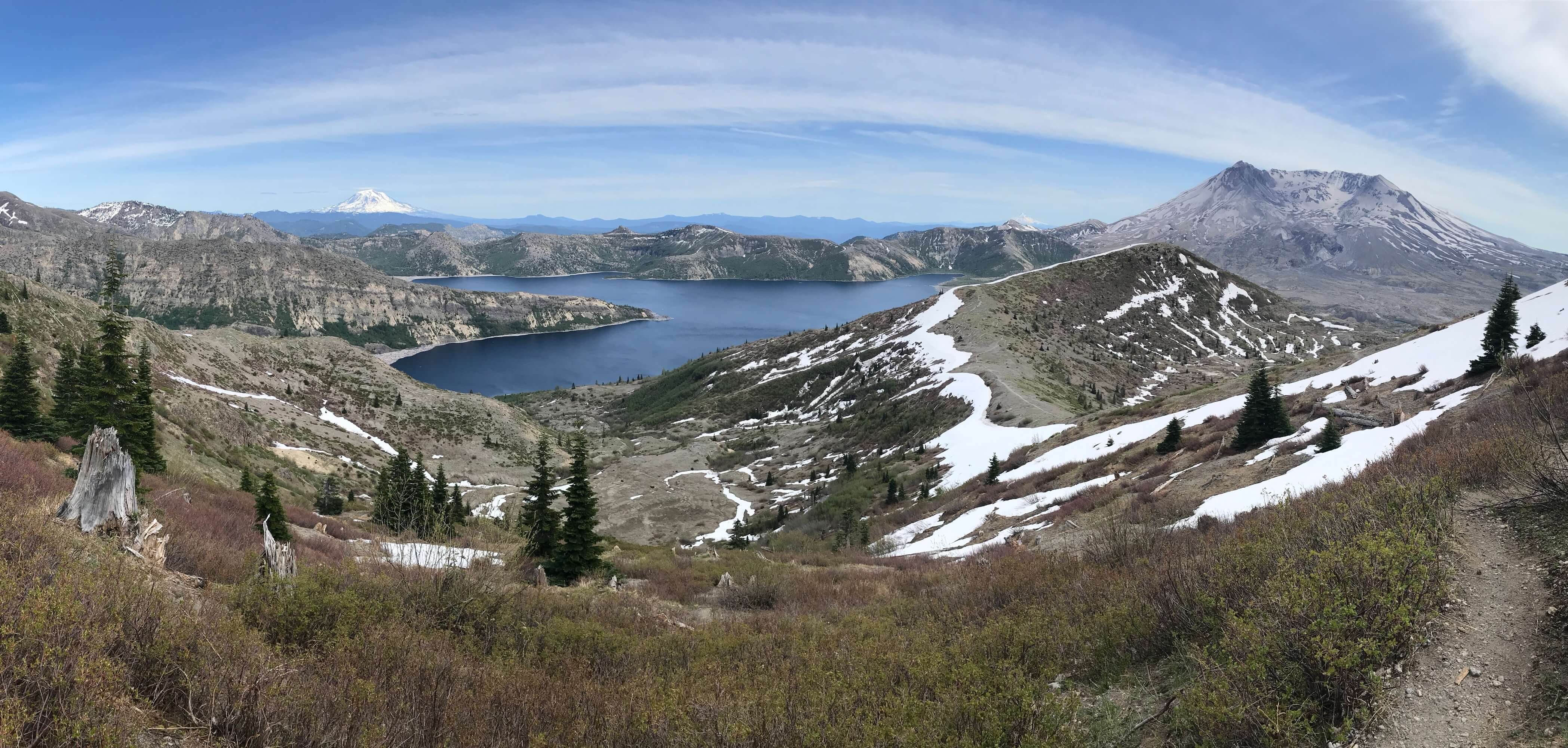Backstory
When I started hiking in earnest in 2020, I realized that I needed better hiking boots.
The pair I'd gotten for my Norway trip in 2018 were actually trail runners and were awesome but too narrow. I got blisters by Day 3 which I hand to tend to for the rest of my 3-week trip. I tried thinner socks to give me more room, and thicker ones to get more cushioning but no matter what I tried, they just weren't the right fit.
When transitioned from a casual hiker to avid explorer, I knew I had to make a change in footwear.
I scoured the various "Best Gear" blog posts and reviews on REI and the like to try to get a consensus on what I should buy. I was naturally drawn to keens because of my sandals and they are headquartered in Portland. I settled on the Keen Targhee IIIs. I originally got size 10-1/2 at first but quickly found they were too snug a fit and had a weird "break" over the toes. It was summer and I hadn't accounted for use with thicker socks. I exchanged them for size 11.
OMG! They fit perfectly with a light wool sock. I had room for my toes room to wiggle and they'd work with thicker ones too. (*I've actually switched from Smartwool to Darn Tough; separate future topic*).
In fact, I hiked Silver Start Mountain in southern WA that same day. It was tough hike but the Keens were invaluable. I had great traction and never a hint of blisters.
The rest is history.... (sort of).
Fast forward to Feb 2022. To date, I've traveled 598 miles in these boots.
According to https://gearjunkie.com/outdoor/hiking/long-hiking-boots-last
But, according to the experts, hiking boots of solid construction will carry you for at least 600–700 miles, generally maxing out at 1,000.The "rub" on my Keens is that the soles are not a single mold design like other boots and my Keen sandals. At around 350 miles, I started seeing bits of rubber peel off on the sides and bottoms. I found reviews where that confirmed this is a known-issue. It was unfortunate and I was kind of annoyed that the glue was failing. It was also an indication that I'd done some serious hiking which pleased me.
What about the fast and light crowd? Well, trail-running shoes go through similar abuse. And many times they step up to do a hiking boot’s job.
“Lightweight-type products like trail running would be on the lower end of the spectrum, at about 400–500 miles,” said Haddad.
Gerritse agreed. As a “rough guide” with KEEN’s hiking line, he told us, “For fast, lightweight products, expect around 400–450 miles.”
I found a tube of Gorilla Glue (their SuperGlue type equivalent) and attempted to slow the wear & tear but I knew, in the back of my mind, the fixes were gonna fail eventually because it was hard & brittle but would delay having to get a replacement pair. I considered stepping up to a mountaineering boot like Salomons, La Sportivas, or Scarpas but wasn't sure it was worth the extra cost, $175 vs $230, $209, $299, respectively.
One thing that made me really reconsider the whole issue. I'd seen one of Joey Coconato's video where we, the viewers, got a glimpse of his boots which were failing spectacularly. He was hiking on snow and his boots were held together with duct tape and had huge holes. Of course, this is pretty unwise to not have proper footwear in any conditions, no less, inclement weather.
According to Les Stroud's Lemon System, this would certainly count as at least one Lemon.
However, I realized I was falling for the idea that you need the best gear to enjoy hiking. Kyle Hates Hiking has video to help beginners avoid the trap.
Ultimately, what was happening to my boots was largely cosmetic. There were a couple spots on the bottom that could potentially compromise the waterproofing but otherwise that was intact; I'd never had wet socks and wanted to keep it that way. The loose rubber parts did not affect the boot's traction or effectiveness.
Again, I took to the internet find a better option than the Gorilla Glue to extend the life of my boots.
The Fix
Of course, Shoe Goo has been around for a long time and remember using it in the 1980s to fix my skateboard shoes. I'd ground the heels off using them to brake when butt-boarding down hills.
I wanted to try something different and found Loctite on a search. I can't find the article now but one said Loctite is the preferred glue of cobblers & shoe repair professionals.
Alright! Where do I find it? One place is in the Paint & Supplies section of a popular home improvement store.
I'm really pleased with the result. I'll state up-front that I took very little care to a "clean" repair. I literally lathered the stuff on the problem areas. For the spots on the bottom that could leak water, I used a toothpick to get the Loctite glue deep into the spots where the original glue failed.
Admittedly, it looks pretty sloppy but it won't matter after they see some dirt and mud. The more, the better.
After 72 hrs of curing time, it's like a new lease on these boots. I've already surpassed the supposed lifespan of the Keens by 150 miles. It remains to be seen how long this kind of repair will extend my boots' lifespan. I'm optimistic for at least 200-300 miles.
Note: This post is being written prior to any trail testing. I'll update if reality and expectations are completely off.

